
More than £2 million was spent on temporary accommodation on the Isle of Wight last year for families, couples and single people that had been made homeless.
The figures were revealed by the Isle of Wight Council as it unveiled plans to buy 50 homes in the next three years to help those in need.
Between March 2022 and April 2023, 220 households (including 175 families) needed to be housed in temporary accommodation, such as bed and breakfasts, caravans, hostels or holiday lets — an increase from 203 the year before.
The authority says since the pandemic the Island has faced a housing crisis like never before, with more than 80 per cent of privately-rented properties becoming unavailable for long-term lets.
The council’s housing needs register now has more than 2,470 households listed as looking for a permanent home.
In the 2022/23 period, the council placed 584 households in bed and breakfast accommodation, with 12,975 nights booked.
It said those on low incomes and with the highest needs struggle to afford current market rents.
The need for temporary accommodation last year cost the authority £2,213,037, before any income was recouped, compared to £1,703,867 in 2021.
With the increasing need for temporary accommodation, the council said it was hard to find cost-effective alternatives.
Last night (Thursday), the council’s cabinet approved a new acquisition strategy which would help the authority buy 50 properties to directly provide the accommodation needed and be rented at an affordable level to Islanders.
Speaking at the meeting, the council’s adult social care director, Laura Gaudion, said this strategy would support the cost-effective delivery of the authority’s homeless duties and outcomes for local people.
Last week, Cllr Ian Stephens, the cabinet member for housing, said the strategy was a starting point for the council but they were trying to be realistic in what they could deliver, without bankrupting the authority.
It was revealed the council has roughly £1.3 million to spend to purchase properties in the current year through loans and grant funding as well as money received from property developers.
The council’s regeneration and neighbourhoods scrutiny committee wondered if the strategy could do more and said it needed to have set targets and timeframes with a detailed action plan.


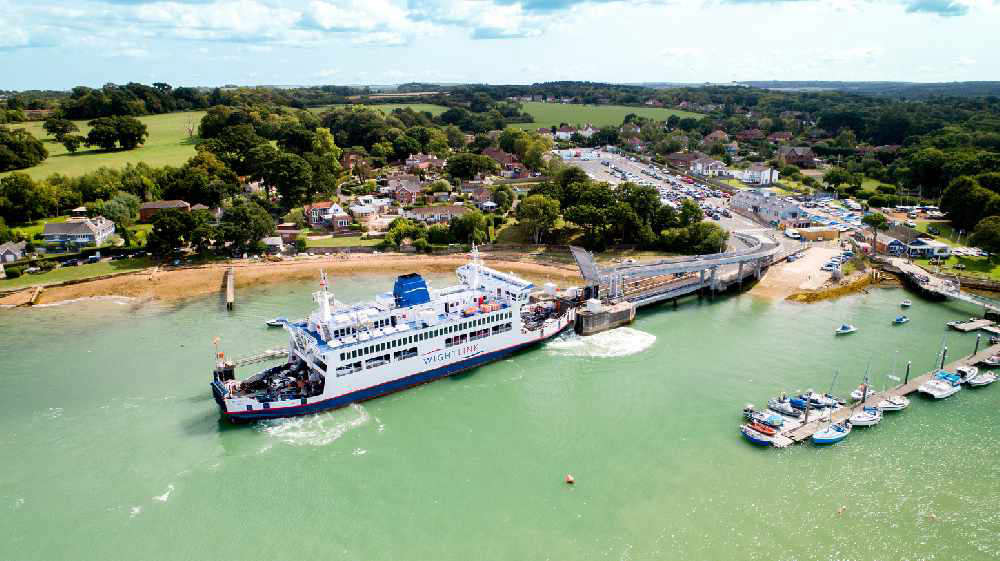 Wightlink Releases Statement Regarding Suspended Services
Wightlink Releases Statement Regarding Suspended Services
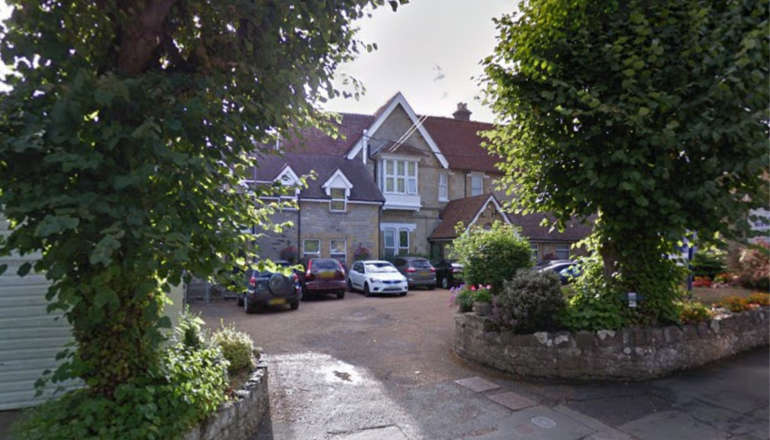 Changing Rooms: Shanklin Hotel Set For Upgrades
Changing Rooms: Shanklin Hotel Set For Upgrades
 Leeson Road To Re-Open This Sunday
Leeson Road To Re-Open This Sunday
 Supergrass, Jess Glynne And Busted Among Latest Acts Announced For Isle Of Wight Festival 2025
Supergrass, Jess Glynne And Busted Among Latest Acts Announced For Isle Of Wight Festival 2025
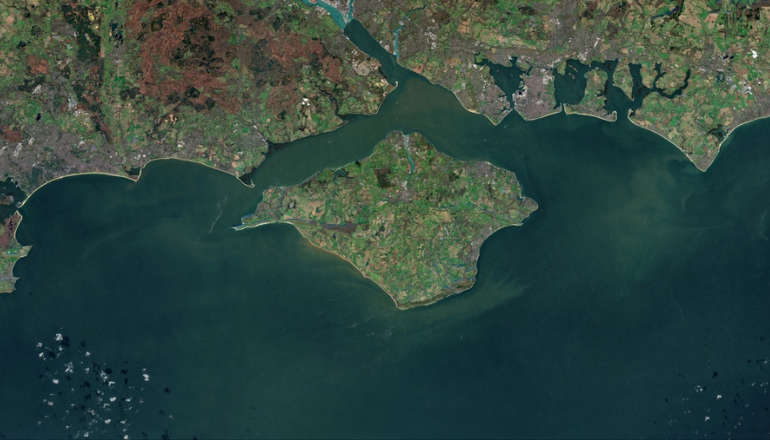 Inspectors Appointed For Island Planning Strategy Examination
Inspectors Appointed For Island Planning Strategy Examination
 Islanders Floating Bridge Views Sought
Islanders Floating Bridge Views Sought
 Two More Years Of Restoration Works Confirmed For Isle Of Wight Quarry
Two More Years Of Restoration Works Confirmed For Isle Of Wight Quarry
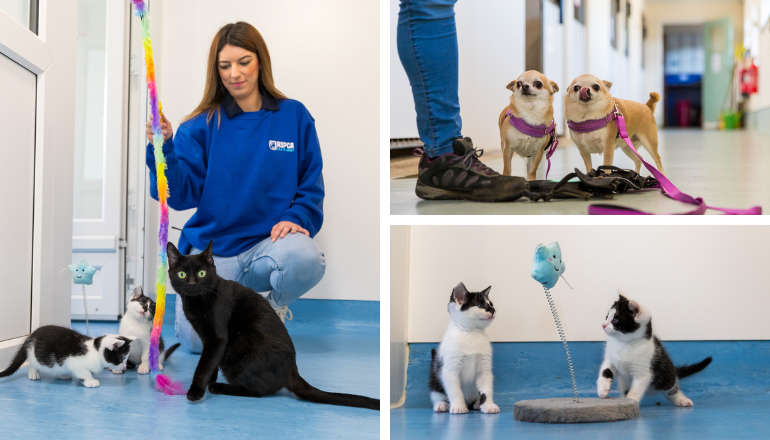 RSPCA Isle Of Wight Appeal Launched To Help Island's Most Vulnerable Animals This Christmas
RSPCA Isle Of Wight Appeal Launched To Help Island's Most Vulnerable Animals This Christmas
 Appeal For Information Following Assault At Crown Pub In Ryde
Appeal For Information Following Assault At Crown Pub In Ryde
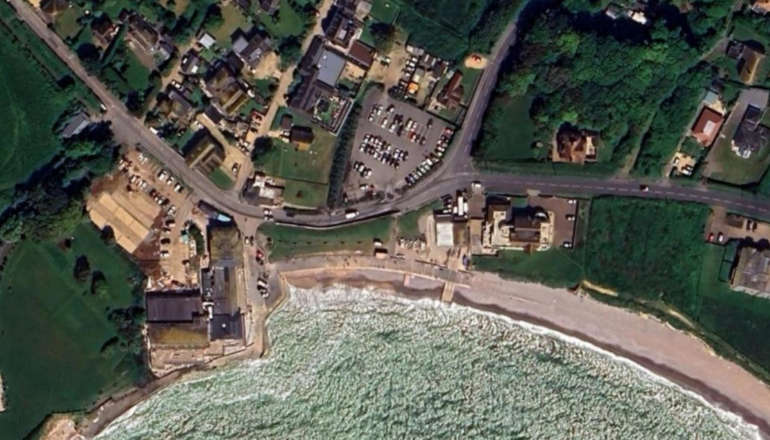 New Entrance And Kitchen Mooted For Freshwater Bay Hotel
New Entrance And Kitchen Mooted For Freshwater Bay Hotel
 Cinema And Other Ryde Businesses Set For £12,600 'Facelift'
Cinema And Other Ryde Businesses Set For £12,600 'Facelift'
 Prisoner Handed Life Sentence For Attempted Murder Of Fellow Isle Of Wight Inmate
Prisoner Handed Life Sentence For Attempted Murder Of Fellow Isle Of Wight Inmate
 Shalfleet Councillors Butt Heads Over Election Expenses
Shalfleet Councillors Butt Heads Over Election Expenses
 Iconic Royal Hotel In Ventnor Purchased By London Based Company
Iconic Royal Hotel In Ventnor Purchased By London Based Company
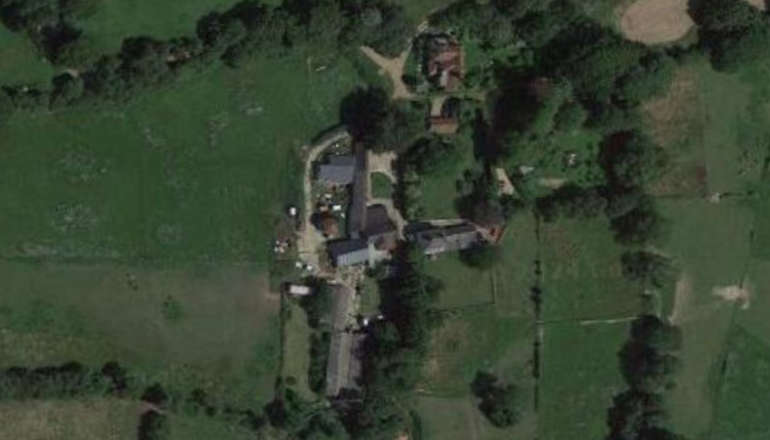 Northwood Barn Conversion To Four Bedroom House Proposed
Northwood Barn Conversion To Four Bedroom House Proposed
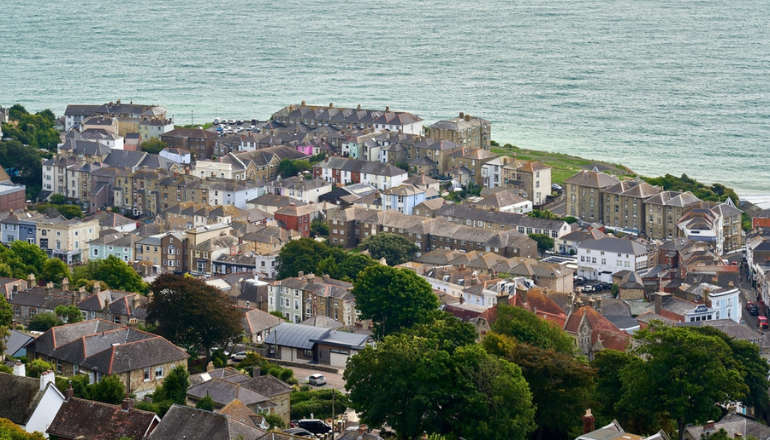 Plan To Protect Vulnerable Tenants And Combat Fraud Set For Decision
Plan To Protect Vulnerable Tenants And Combat Fraud Set For Decision
 Newport and Carisbrooke Community Council Launches Resident Survey
Newport and Carisbrooke Community Council Launches Resident Survey
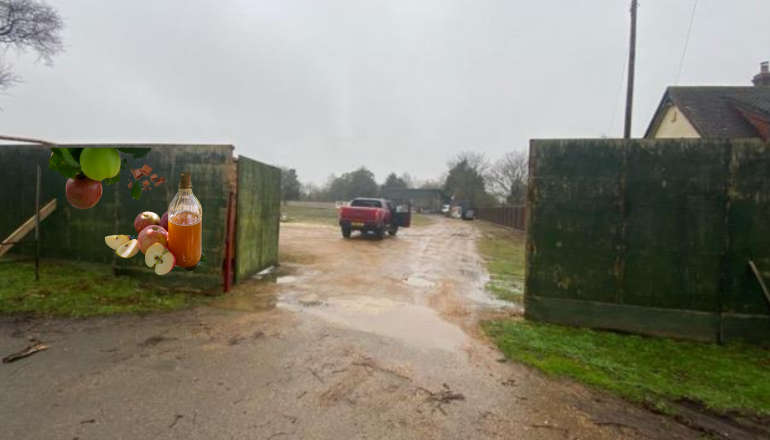 New 'Cider And Chocolate' Attraction Could Be Heading To Arreton
New 'Cider And Chocolate' Attraction Could Be Heading To Arreton
 Mini-Games Area Proposed For Sandown Play Park
Mini-Games Area Proposed For Sandown Play Park
 Former Isle Of Wight Assistant Church Organist Jailed For Sexually Abusing Child In 1990s
Former Isle Of Wight Assistant Church Organist Jailed For Sexually Abusing Child In 1990s


